9 Food Packaging Industry Trends in the Future
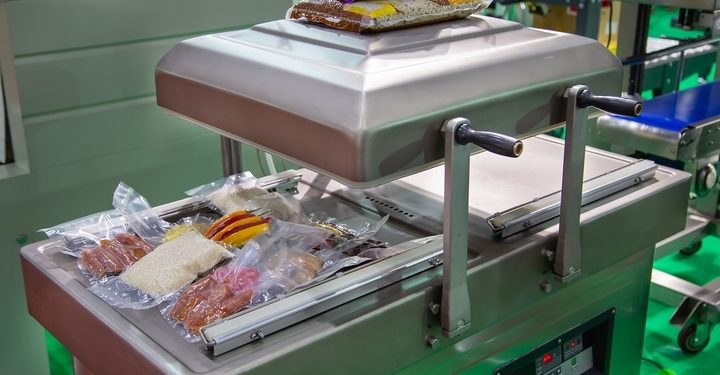
How much does food packaging affect your buying decisions? You might not think it does, but studies have found that product packaging in all industries impacts consumers’ choices. And businesses – large and small – realise it, which explains their investing in designing a box, pouch, or bag.
Food packaging is one of the many factors that triggers their decision to purchase or not to purchase a specific item. Why do you think companies spend so much on packaging, whether it is food-related or for electronics? They understand how much it can influence your buying habits. Although modern-day shoppers are getting wise to the many practices, brands are just adapting. Everything from utilising recycled materials to increasing portability, there are many different strategies that brands are incorporating. It should be an interesting decade to see the evolution of packaging.
The food packaging industry is evolving, and companies will adapt to the times. In fact, many are doing so right now. And many more will do it over the next ten years. What is going to happen? Let’s explore the various food packaging industry trends that will be the norm by 2030.
Here are nine food packaging industry trends in the next decade:
Trend #1: Edible Food Packaging
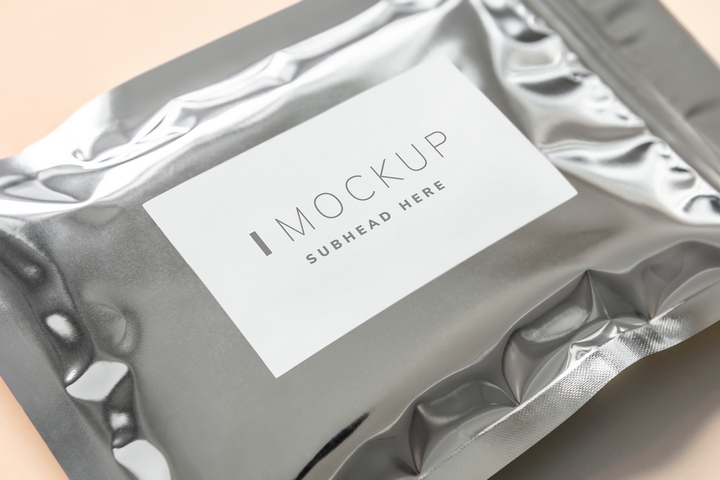
One day, you will be able to eat your packaging. Wait a minute. Come again? Why would you want to eat packaging exactly?
That’s right. Many food companies will begin to pack their foods in packaging that consumers can eat. If you think this is far-fetched, then look to Bakeys, which uses cutlery that is made from sorghum, rice, and wheat. It is only a matter of time before this innovation is extended to the rest of the food packaging industry, whether it is a Burger King wrapper or a Starbucks coffee cup.
Trend #2: Personalised Food Packaging
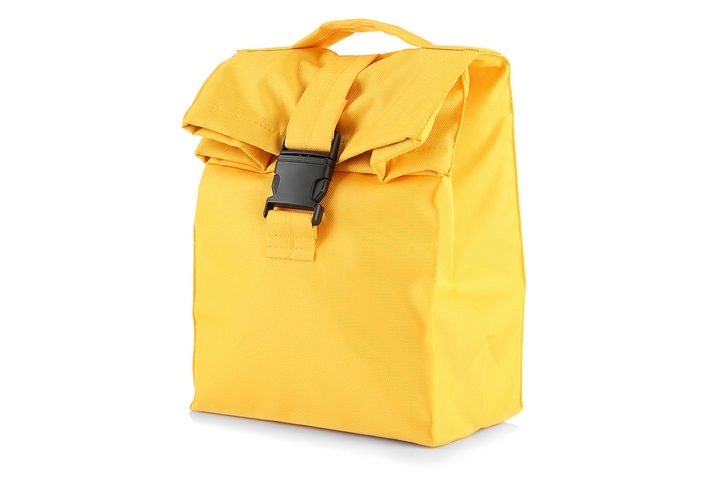
Coca-Cola turned its struggling business around nearly a decade ago when it did two things: personalised its inventory of soda cans and sold smaller cans. It turned out that this gimmick of just slapping a name on the aluminum attracted customers to the company. Plus, health-conscious consumers appreciated the smaller but more expensive offering.
You can anticipate the food packaging industry worldwide to embrace personalised packaging, from names to favourite colours to anything else that can make it a more customised experience.
Trend #3: Recycled Food Packaging
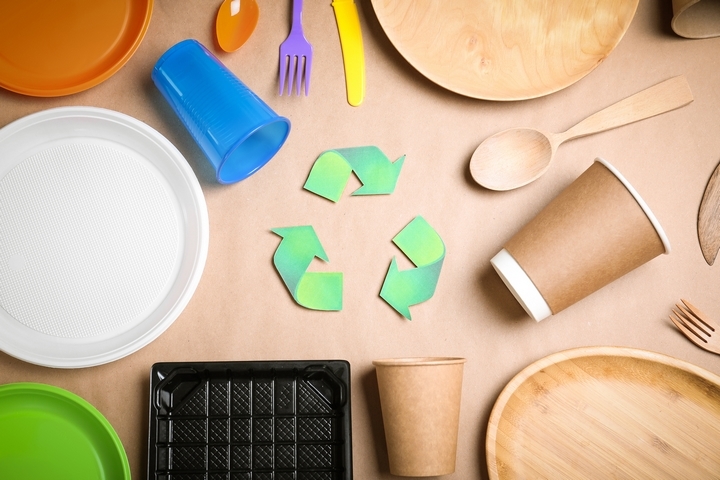
A lot of consumers are frustrated by the amount of packaging for every product (see below). Oftentimes, the packaging is non-recyclable or it comes from new raw materials. You do not have to wait until 2030 to see successful food corporations to use recycled materials for their packaging. Many in the food packaging industry are doing it today, but you will see most do it in the coming years.
Trend #4: Simple Food Packaging
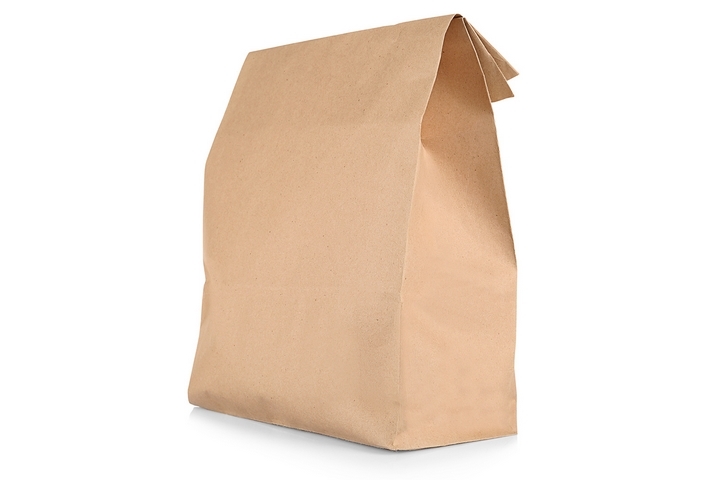
Again, the amount of packaging for even a box of cereal can be too much. While it is better to package food to avoid bacteria, many experts in the food packaging industry say you can do so in a more environmentally-friendly way.
Therefore, the future is less is more. What’s more, it will not only be food brands to embrace this concept. You are going to witness a huge uptick in companies using fewer amounts of packaging.
Trend #5: Vintage Food Packaging
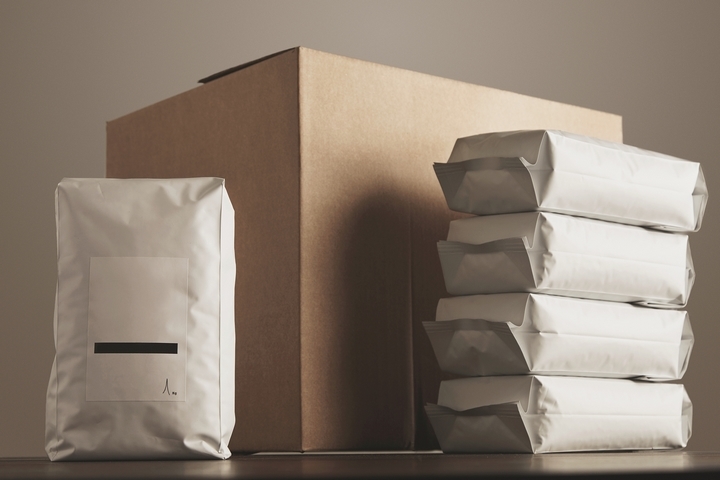
Every generation is marketed with nostalgia. In the 1980s, Baby Boomers were given nostalgia pops. In the 1990s, Generation X had the taste of nostalgia. Today, millennials are enjoying the nostalgia kick from the 1990s. It is a never-ending cycle.
So, the future of food product packaging is undoubtedly vintage, whether it is the colour or the font. To the layman, this may seem like a cheap gimmick, but the food packaging industry studies show just how effective the nostalgia tool can be for brands that employ this tactic.
Trend #6: Minimal Design Packaging
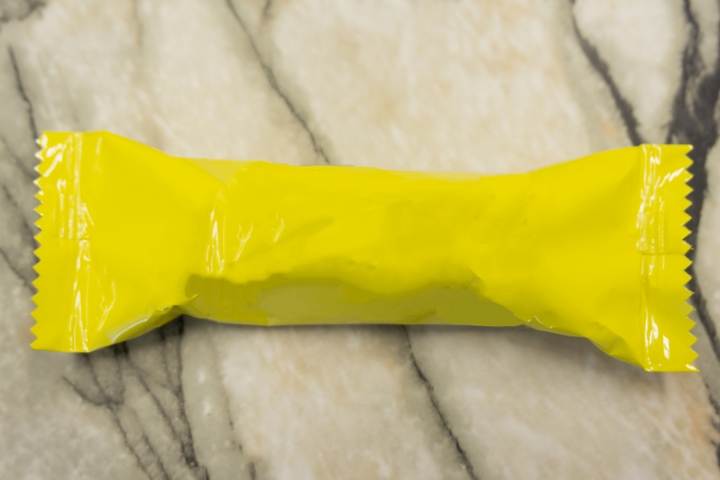
Are you beginning to see a pattern by now? The front of the packaging will be as basic as you can get, and research has found that loyal consumers typically prefer it. A company name, the product, ingredients, calorie content, and some colour – these are what will grace the packaging of your favourite foods.
Designs can no longer be extravagant. Your average customer is already acquainted with your brand. As a result, he or she will only care about quality and price.
Trend #7: Packaging with Emotional Engagement
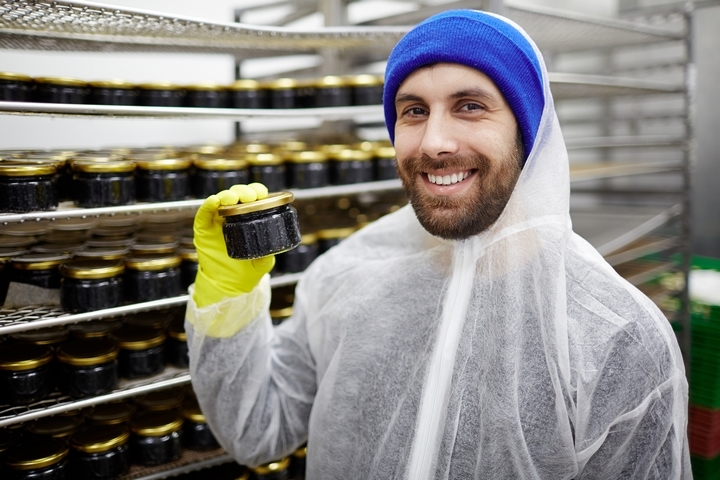
How can a small business stand out from the crowd? That is easy: Tap into the customer’s emotions.
A cartoon character, a favourite pastime, or a fun childhood activity – emotional engagement is how you can win over customers on any given day. And this is the future of food packaging designed by the new generation of marketers.
Trend #8: Increased Portability
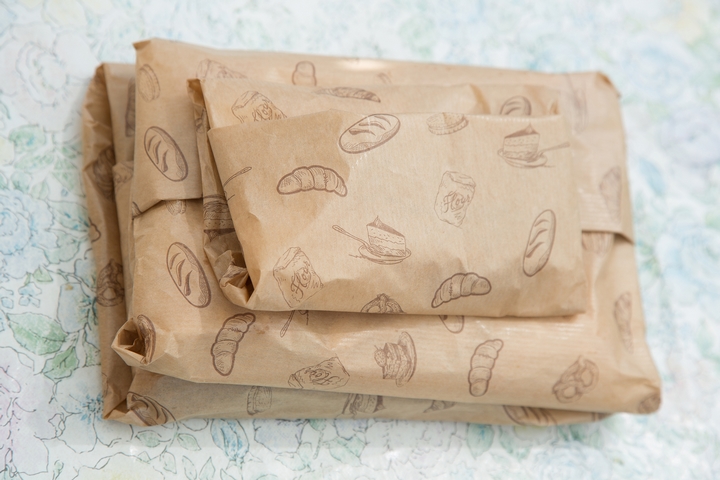
Let’s face it: We lead busy lifestyles, and we want everything to be “on-the-go,” including food options. Consumers are demanding fast-food that is easier to buy, hold, carry, and eat. Companies know this, which explains why they are investing more in portable packaging. Whether you are a pedestrian or a cyclist, brands are looking out for everyone’s busy lifestyle.
Trend #9: Colourful Food Packaging
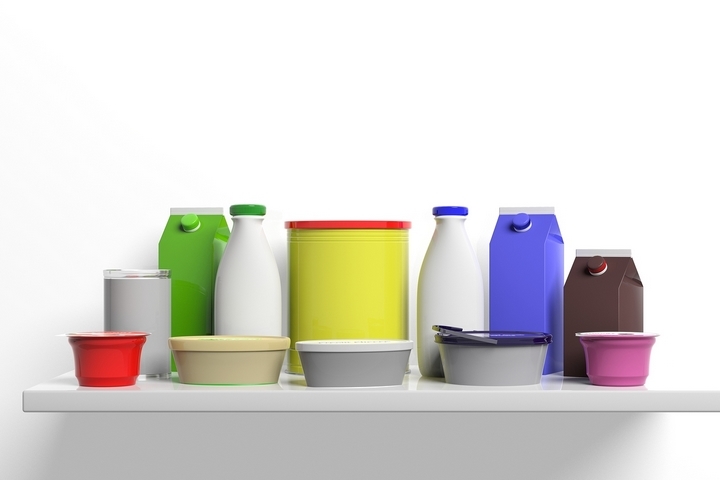
In order to catch the eye of a shopper, it is important to utilise unique colours, and brands are beginning to utilise this strategy. One particular trend that companies are taking advantage of is gradients, which is a blend of subdued hues and solid shades – and experts in the food packaging industry say this adds intrigue and depth to your food packaging.
Of course, whenever you are starving, you just reach for the nearest and most delicious food!


